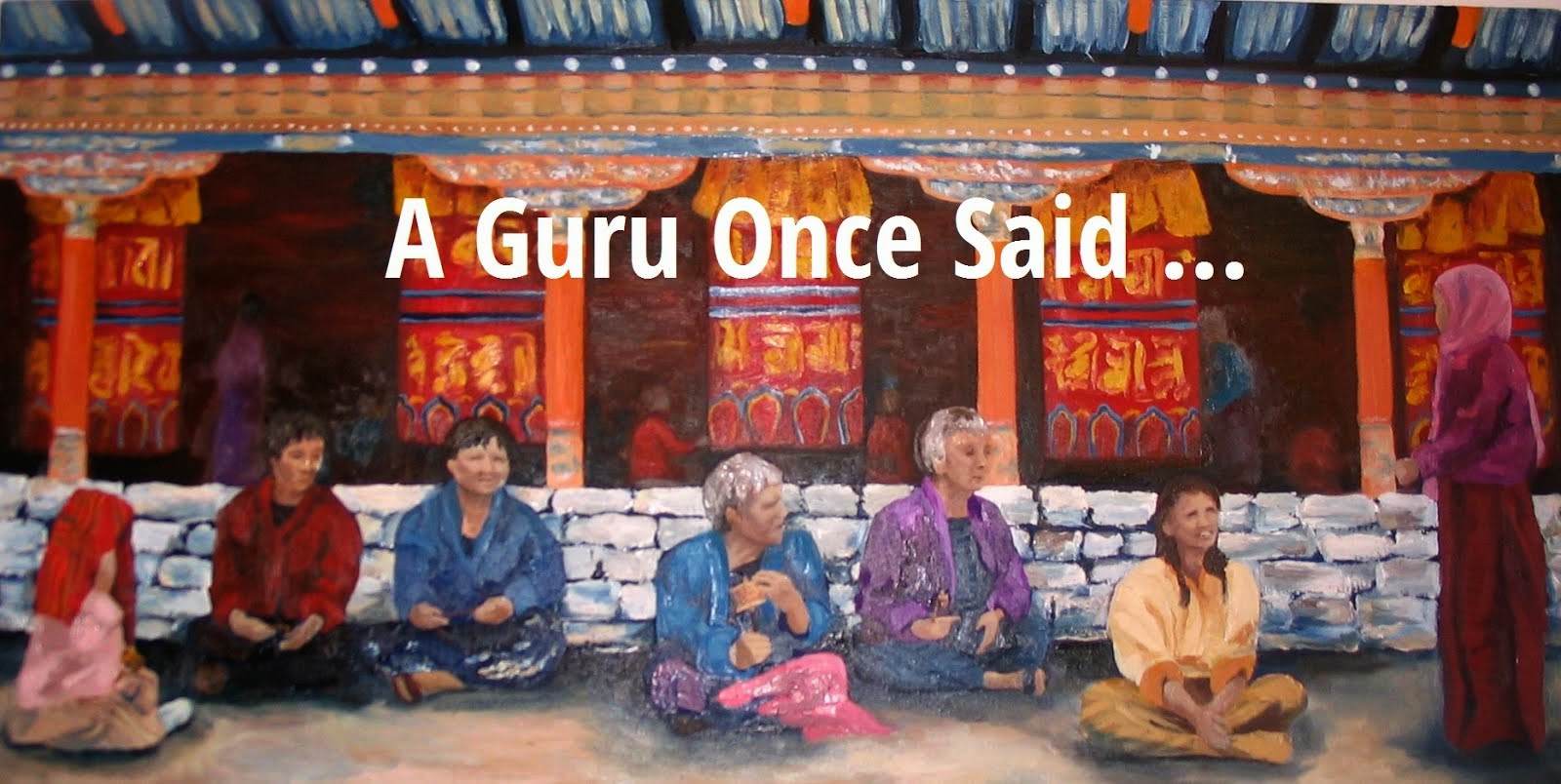"Wow, Can you believe that? What a miracle!"
Most of us have made such an exclamation at some point in our lives, but what is it that we believe constitutes a miracle?
If asked to describe a miracle that had happened to us, we would probably talk about how a number of unexpected things simply fell into place at just the right time and something really good came out of it that made us happy, maybe even overjoyed.
In other words, there will be an element of improbability in that perfect coalescence of factors, as if the event was somehow an exception to the laws of nature. Ordinary, everyday or mundane events, like making a new acquaintance or arranging a cab, would not likely to be seen as miraculous. And when an "unhappy" event occurs—like when we are passed over for a promotion, don't win the lottery, or see the end of a dream that never came true—we're not likely to deem it a miracle. Right?
This certainly reflects what my own understanding of miracles has been and this is why I was so intrigued when I read what an esteemed guru had to say about miracles.
Sri Nisargadatta Maharaj once said, "I know nothing about miracles, and I wonder whether nature admits exceptions to her laws, unless we agree that everything is a miracle. As to my mind, there is no such thing. There is consciousness in which everything happens. It is quite obvious and within the experience of everybody." (quote from I AM THAT!)
In other words, there will be an element of improbability in that perfect coalescence of factors, as if the event was somehow an exception to the laws of nature. Ordinary, everyday or mundane events, like making a new acquaintance or arranging a cab, would not likely to be seen as miraculous. And when an "unhappy" event occurs—like when we are passed over for a promotion, don't win the lottery, or see the end of a dream that never came true—we're not likely to deem it a miracle. Right?
This certainly reflects what my own understanding of miracles has been and this is why I was so intrigued when I read what an esteemed guru had to say about miracles.
Sri Nisargadatta Maharaj once said, "I know nothing about miracles, and I wonder whether nature admits exceptions to her laws, unless we agree that everything is a miracle. As to my mind, there is no such thing. There is consciousness in which everything happens. It is quite obvious and within the experience of everybody." (quote from I AM THAT!)
I've realized that miracles are not about the coalescence of improbable factors that end in a happy outcome.
Instead, I now believe that everything that happens, every encounter, every action, every happenstance is pregnant with the miraculous, regardless of how it turns out. It is the emergence of all things in the unfolding of life that is the miracle, not whether or not things came together in just the right way to give us what we want.
This means that such ordinary events as making a new acquaintance, booking a cab, not getting a promotion and not winning the lottery can indeed be considered miraculous events, or parts of a larger as-yet-unrecognized miracle.
It may sounds strange, at first, to think that the miracle is not what happens in the end but about the whole process of life unfolding, regardless of the outcome. But really it is not so strange at all. It seems easy enough to recognize such unfolding of miracles as they occur every day in nature.
 |
| Photo by Katmai National Park. Creative Commons License 2.0 |
When we consider the incredible life cycle of salmon, for example, we don't look to the end to find the miracle.
One salmon lays up to 10,000 eggs. Of these only a handful will survive to adulthood. To spawn, the adult salmon leaves the ocean and travels hundreds of miles back upstream to its breeding ground. This is a journey that relatively few survive, and those that do survive live only long enough to lay their eggs before dying of exhaustion. The dead salmon are eaten by wildlife or simply decompose in the river, adding nutrients to the water where their eggs have been laid. And the cycle starts again.
Would we look at the life cycle of an individual salmon and consider it only a miracle when timely escapes from predators and successful jumps upstream have culminated into a handful of surviving eggs? What does that mean for the thousands of salmon that didn't survive? Is their journey not part of any miracle?
Looking at this example in nature, it is perhaps easier to recognize that the miracle is not about the outcome but about the abundance of opportunity, the multitude of pregnant moments of possibility that continually unfold in the cycle of life.
Remembering Sri Nisargadatta Maharaj's words, if we choose to believe in miracles at all than everything is a miracle, because "there is consciousness in which everything happens."
There is consciousness, or what I have referred to as spirit, in which an abundance of opportunity happens! Life is rich with seemingly ordinary events that are all a part of the play of spirit.
 |
| Photo by Ricky Thakrar. Creative Commons Lisence 2.0 |
The happy outcome I am dreaming of may or may not occur in the way I want it to... It might happen in another way, an unexpected way ... or not at all.
It is not the outcome that is important, but the source of all that unfolds in life, the abundance of possibility this source provides, and the whole process of unfolding that constitutes the miracle.
Lindsey Arnold is the author of The Land of Happiness:
Reflections on a Journey (non-fiction) and The Six Realms of Samsara: Stories for Awakening (fiction) which are available at her Author's Spotlight.


























